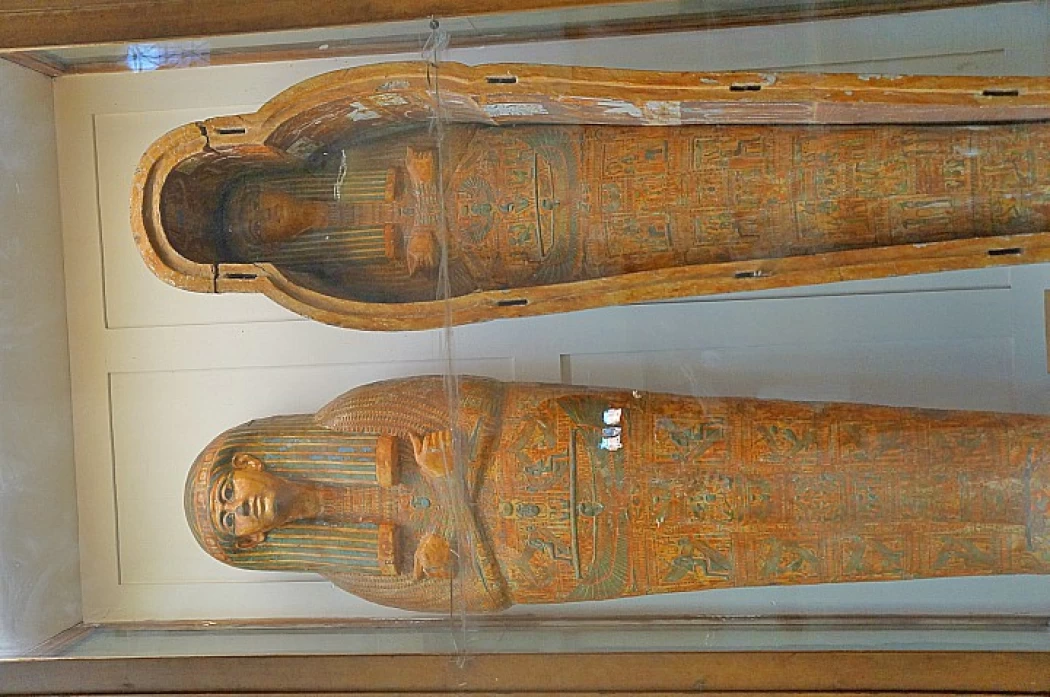
古埃及的葬礼传统
古埃及的葬礼传统
为了生活在来世,埃及人认为有必要通过木乃伊来保存死者,让灵魂生活在经过防腐处理的身体中。 然后,死者在死后被提供任何对他们有用的东西,然后通过一系列精心制作的葬礼仪式将他们永远送到永恒。
这些身体保护技术在专门讨论木乃伊的一节中有详细的描述,可以通过自然手段实施,使用自然木乃伊发生的简单的沙质墓葬,或通过防腐,这是根据仍然未知的程序进行的。
史前时代的第一批木乃伊可能是偶然的。 木乃伊始于第四王朝,随着人工防腐技术的发展。 祭司首先切除了所有内脏,除了心脏,这也将在超尘世生活中起关键作用。 然后用natron将尸体擦干,最后用亚麻绷带包裹。
特殊的罐子守卫着死者的内脏。 肠,胃,肝和肺被放置在单独的容器中,旁边是坟墓内的棺材。 其中最有价值的canopic花瓶是从图坦卡蒙墓中发现的那些花瓶,现在保存在开罗埃及博物馆图坦卡门的房间里。
一个死亡面具被放置在木乃伊的头上,以帮助死者的精神识别他的身体。
木乃伊的所有面具,从法老的华丽镀金标本到cartonnage中更常见的木乃伊,都是理想化的死者肖像。
木乃伊经常被埋葬,以及大量的尘世物品,带有陪葬品,包括护身符,仪式小雕像和用于运送到来世的模型船。
仪式和葬礼仪式:
在葬礼上,亲戚们提供食物,牧师们进行了特殊的仪式。 这些仪式是为了保护死者的来世之旅,保护他在他的道路上。
为了增加支持,仪式图像和文本被放置在死者的身体上或用于装饰坟墓。
开口仪式是在埋葬之前进行的,因为这样,感官将被重新激活,死者可以继续生活在来世。
"心的称重"是来世之旅的最后阶段。 众神主持仪式,决定死者是否配得永生。 神阿努比斯用真理的羽毛权衡他的心。 如果心脏太重了,它被交给了怪物Ammut,它吞噬了它。 只有在平衡的情况下,死者才有权获得永生。















